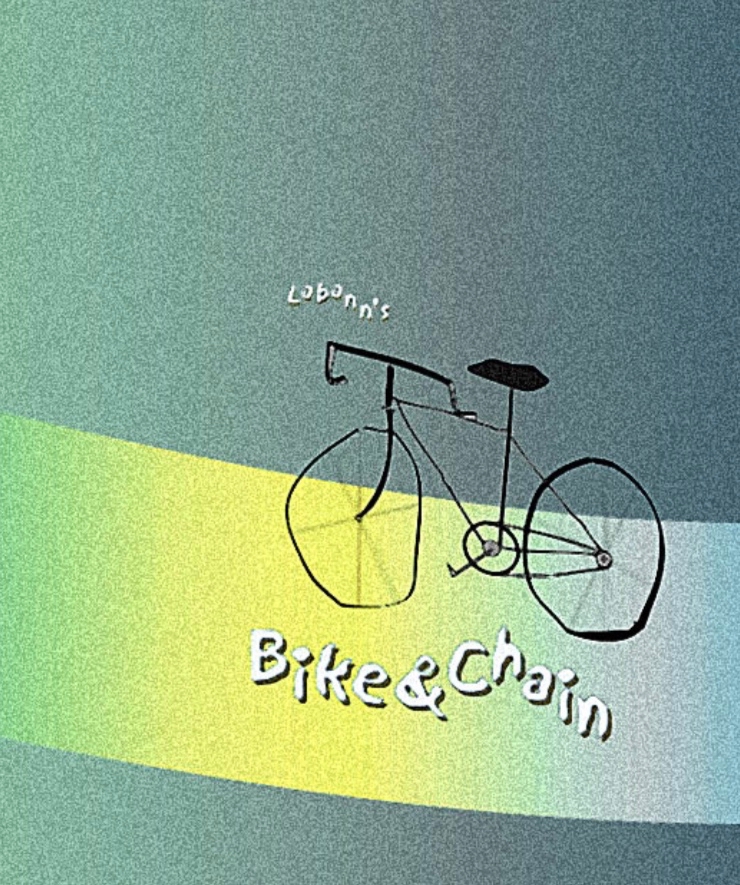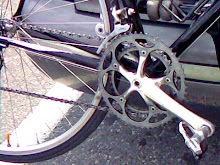In his new autobiography, The Universal Tone: Bringing My Story to Light (2014), sublime guitarist Carlos Santana relayed a dream he had of nearly jamming with free jazz great John Coltrane (d. 1967 at age 40), though he never met the significant saxophonist in real life. The session was interrupted when a thief stole the bicycle upon which Coltrane had arrived. They hunt it down together only to find it stripped of saddle and wheels down near Jones Beach on Long Island, whereupon Santana awakes.
Later, when Carlos recounted this by phone to John’s widow, with whom he had collaborated musically, Alice Coltrane deconstructs story’s meaning by describing kids of today hanging in the dark and trying to find light. “The stolen bicycle with no wheels represented how difficult it was for that music to find a way to get to people. There was no vehicle anymore to help carry Coltrane’s music to those who need to hear it. His music gets so little airplay and so little press, but it’s important to bring people into the light of this music.” Carlos describes John’s music as bright and clear, like light itself; he’s well known for Buddhist thinking that balances impressions much like a bicyclist remains upright. In answer to Alice, kids now use social media, Youtube and Vimeo, whereas exposure once was only late night sets at too few clubs that barely helped sell limited vinyl pressings. Nevertheless, those starved for brilliance sought out and treasured these explorations into ineffable expressions. This Autumn at Lincoln Center’s White Light Festival, Wynton Marsalis will honor the 50th anniversary of ‘Trane’s album A Love Supreme, considered among the greatest jazz recordings of all time having sold a half million copies, and said by Santana to have been among his most important influences.
From Paolo Parisi’s graphic novel Coltrane (2012)
Critics nicknamed saxophonist Albert Ayler “Bicycle Horn” for his atonal, untamed rethinking of this idiom. Coltrane himself asked Albert and Ornette Coleman to play at his funeral. While performing Ayler stopped twice to cry in anguish and joy for his fallen friend and mentor, for whom he had named a song, For John Coltrane (1967), and resumed playing alto. Now revered by aficionados, a few years after Ayler too would give up the ghost, untimely drown near the Statue of Liberty at age 34.
Pedal Jazz’s Improvisation on a Bicycle video anthology begins with Coltrane’s Countdown.
In her poem collection Bicycles (2010), Nikki Giovanni gushes, “Everything good is simple: …steam off a cup of black coffee… John Coltrane bringing me ‘Violets for My Furs’.” By inference, she connects his song with her new red shiny single speed shown on book’s cover. Both spent valuable time in Philadelphia, nation’s best jazz venue between WWII and Vietnam, he learning from legends and she attending graduate school.
Any deep affinity from afar to a performing artist might inspire mimicry or manifest in highly personal dreams. Have indeed had intimate musings with unmet artists whose music managed to rewire senses through repeated listening. You never know what will happen if you let innovators meddle with your mind, maybe even inner peace.
Along with Coleman Hawkins, Pedalin’ (1960), Gerry Mulligan, Bike Up the Strand (1956), and scores of jazz musicians with songs about bicycling listed in B&C’s appendix, quintessential rock songs Bicycle Race and Fat Bottomed Girls were from Queen’s album named Jazz (1978) in homage to this Black American invention often better appreciated overseas. Following acquisition of Vanguard and 2015 merger with Bicycle Music, publisher Concord Bicycle Music now owns some of Coltrane’s catalog.
Peter Nye’s historical nonfiction, The Six-Day Bicycle Races: America's Jazz-Age Sport (2010), covers first third of the 20th Century, less bebop than dixieland, and rather than sax drones, velodromes. Trek once manufactured entry level Jazz bikes to cash in on genre’s coolness among hipsters.
Jazz singer Melody Gardot, who, after being hit while bicycling by a motorist who ran a red light and hospitalized for a year with neural and spinal damage, slowly gained performance abilities through musical therapy, which scientists claim rebuilds pathways between brain’s 2 cortices. Quoting title track from Some Lessons EP, 2005, her first recording following recovery, “Well, I'm buckled up inside. It's a miracle that I'm alive... To think that I could have fallen a centimeter to the left. Would not be here to see the sunset... Some lessons learned we learn the hard way. Remember the sound of the pavement, world turned upside down, city streets unlined and empty, not a soul around. Life goes away in a flash, right before your eyes...” Coltrane similarly had a spiritual epiphany having kicked heroin cold turkey.
Fellow saxophonist and origami artist Tomo Tsurumi worried he’d be set back when a motorist hit him while bicycling. Completing an origami elephant despite intense pain in traction assured him that his fine motor skills weren’t so impaired he’d never finger a sax again, though extensive oral trauma still puts playing years away. Since last year’s accident, Voodoo Donuts in Eugene, Oregon hasn’t been the same without his beloved noodling out front. Being from Japan with difficulty grasping what American lyrics mean, he says, “Funk and jazz were genres where the rhythms spoke for themselves; I could connect with the music without understanding all the words.”
Don’t quite grasp Eric Robinson’s blog Jazz and Bicycles. Has something to do with conspiracy theories and freedoms that bicycles and jazz represent.
Sunday, June 28, 2015
Subscribe to:
Post Comments (Atom)





No comments:
Post a Comment